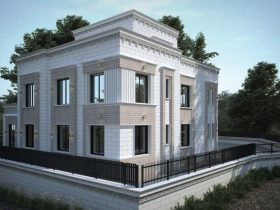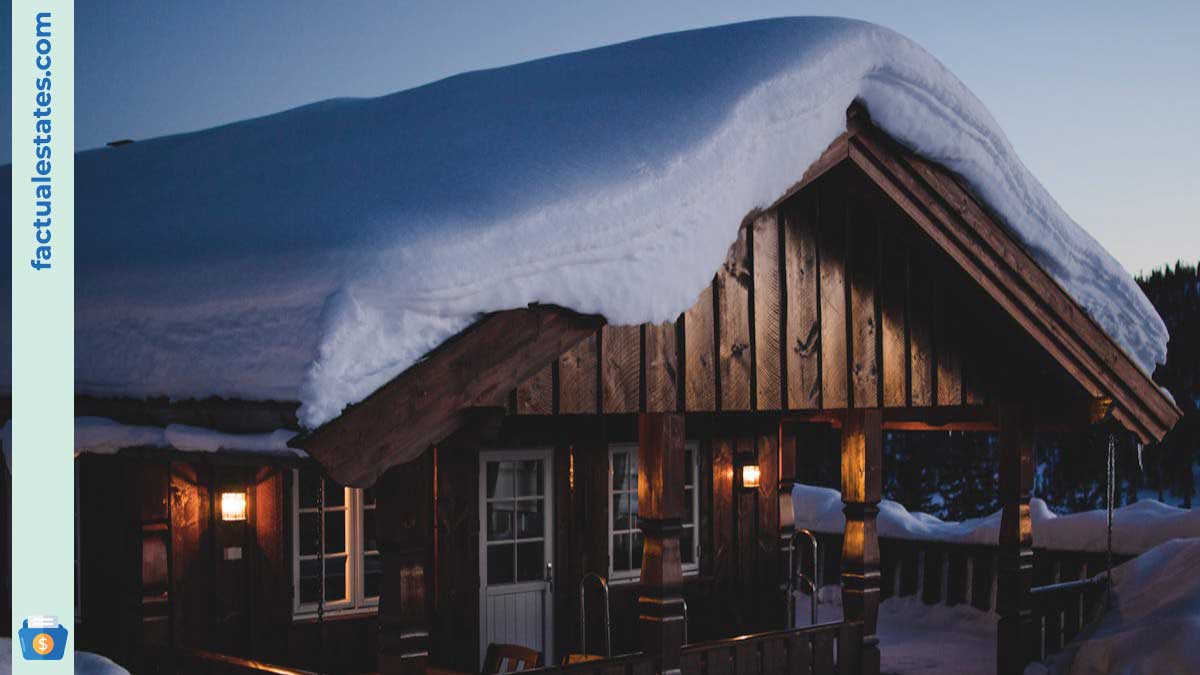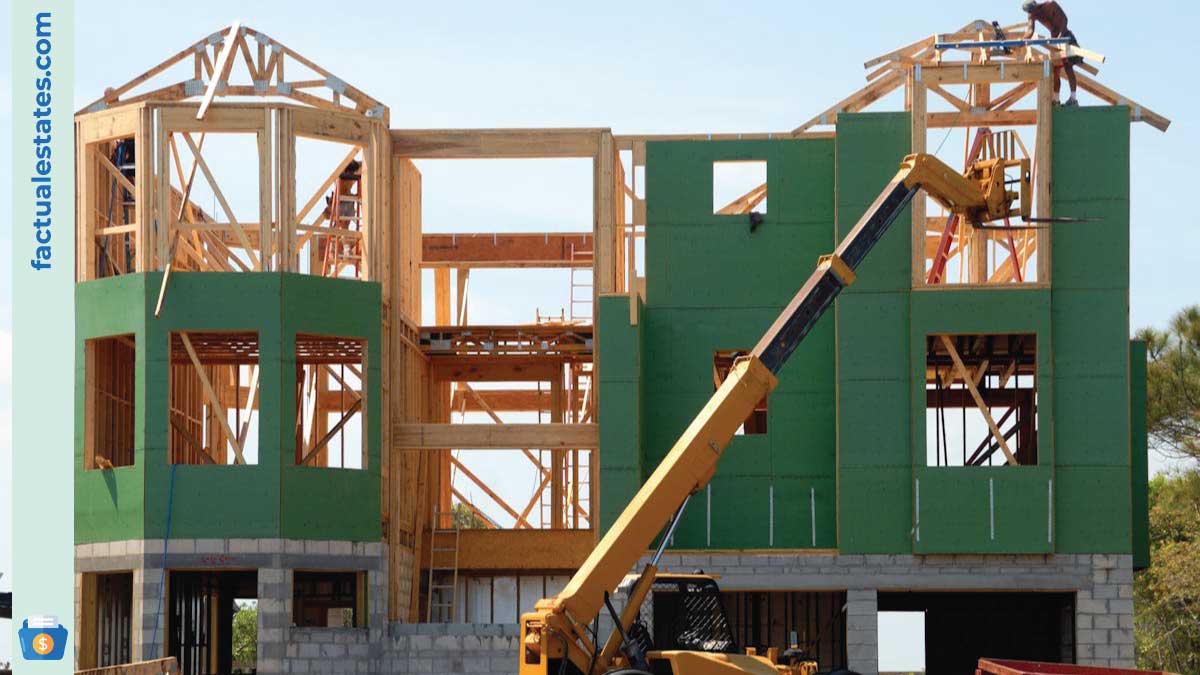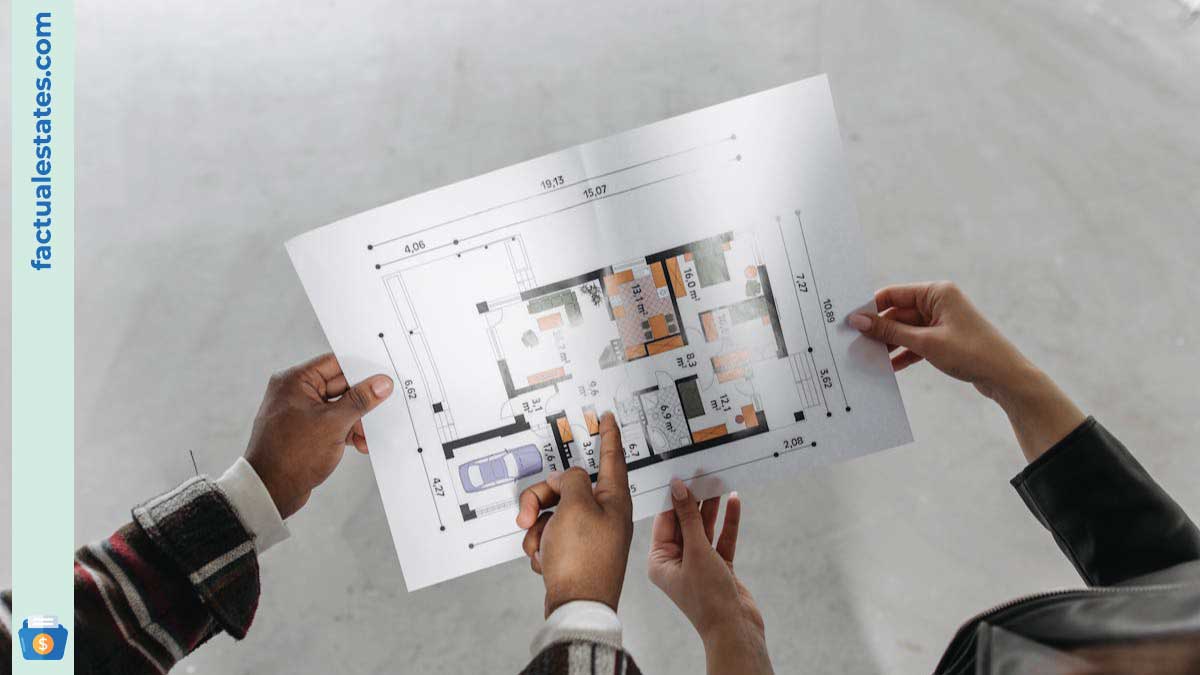If you are thinking of building a house and you are not lucky enough to already own a suitable plot of land, pay attention! You are faced with one of the most important choices in the entire process: choosing a plot of land to build your house on.
If, in addition, it is the first time you embark on the adventure of building a house, you surely have thousands of questions. In this article, we are going to analyze in detail everything you should take into account when making this choice.
How to choose a plot of land to build a house?
Choosing a plot of land to build your home means choosing your family base, the place where you will spend a large part of your time. As you can imagine, no two plots or plots of land are the same, so the questions you need to ask yourself are:
How to choose a good plot of land. A short guide
We have organized all the aspects that need to be taken into account when choosing a plot of land to build a house as a guide. We hope you find it useful, let’s get started!
Defines the location (approximate)
What is the first thing we think about when choosing a good plot of land to build a house? Exactly, its location. And the second thing? Of course, the price. But let’s not get ahead of ourselves, we’ll talk about that later.
Location is one of the most important factors, but not the only one. It is also one of the most variable, as it is 100% subjective. What do we mean by this? Each of us is different, and while one will want a plot in the centre of Madrid (although you can start preparing your wallet), another will prefer an isolated plot in the Sierra del Segura.
We cannot offer you much help in this regard, as it depends entirely on your preferences. It could be a plot of land close to the centre of your city or a plot within the new fashionable development on the outskirts. It could also be a solitary plot in the mountains. But be careful with the planning regulations! We will discuss them a little later.
First of all, whatever your preference, keep in mind that you will always depend to a certain extent on public infrastructure. To anticipate the next point, take into account the proximity of public roads and the connection to general facilities and services: shops, pharmacies, hospitals, schools, leisure and cultural areas, etc.
Tip: It is also worth asking the town hall about possible/future development plans or infrastructure in the surrounding area. This will help you avoid unexpected and often unpleasant surprises.
Check the infrastructure and accessibility of the land
This aspect is closely linked to the location of the land. Every day we live more connected to each other. Nowadays, a home cannot be understood without the multitude of connections to the basic infrastructure that unites us all.
We are talking on the one hand about basic facilities and supplies, such as water, gas and electricity, and on the other about the services necessary for living in society: proximity to supply points, such as shops, markets and supermarkets, to health, cultural and leisure centres. But on the other hand, we cannot forget about new technologies, telephone and Internet service.
When choosing and buying land to build a house, we must pay special attention to the possibility of “connecting” to all these services. It is advisable to consult the corresponding town hall about the type of supplies that reach the plot (water, electricity, gas) and even check with different supply companies about the services they provide in the area (electricity, telephone coverage, Internet).
Finally, it is also important to check the accessibility to the plot, to reduce the associated costs. We are referring to the transport of machinery and construction materials, and the existence or not of public transport nearby, which will make life easier in your future home.
Tip: On the other hand, it is good to remember that when choosing a plot of land to buy, it is advisable to avoid excessive proximity to certain infrastructures. Try not to buy land adjacent to high-voltage lines, mobile phone antennas, motorways, railways, landfills, sewage treatment plants, etc.
Check the urban classification of the land at the town hall
If you are willing to buy a plot of land or have seen one that you think suits your needs, you cannot forget to visit the town hall first. This is an essential step to know exactly WHAT, and HOW MUCH, you can build on the plot.
For example, the large size of a plot does not always mean that a huge house can be built on it. What you can build is determined by the buildability of the land, a concept that is defined in the urban plan to which the land belongs. This value can be set by a number or by a percentage. In other words, each plot has a maximum number of legally buildable square meters, and it is not always proportional to the size of the plot.
On the other hand, the land may be limited by some easement (of passage, views, water, etc.) that grants some right over it to another person and that, therefore, implies some limitation when it comes to building on it.
You can obtain all these details from the town hall, using a consultation or through an “urban planning certificate” that reflects all the urban aspects of the plot. You can also ask your architect to inform you since he will know the necessary procedures for this.
Tip: It will take you some time to find out all this information, as these enquiries do not usually give you an immediate response. However, to get an idea of what you can build, look at the buildings on neighbouring plots. The urban classification of your plot is likely similar to that of the surrounding plots, so if you see 150 m2, detached, two-storey houses around you.
Study the shape, size, orientation and unevenness of the terrain
As for the shape, the ideal would be square or rectangular plots, and it is preferable to avoid plots of land with irregular or overly elongated shapes, due to the difficulty they can present when designing an efficient home on them.
As we have said, on plots that are more or less square, it is easier to design a correctly oriented house, since we will have more flexibility when it comes to organizing the spaces. On long and very narrow plots, however, the options are drastically reduced.
The right size, on the other hand, is defined by your real needs. There is no perfect and ideal size. As we said before, more important than the size of the plot is to check its urban conditions. We must take into account the buildability and the setbacks to boundaries (impossibility of building next to the edges of the land), since with these concepts, the “buildable” land may be considerably reduced.
Finally, we consider that the slope does not play such an important role when choosing a plot of land, as long as it does not make access difficult. While it is true that flat and horizontal land offers more construction options (and generally facilitates cheaper construction), sloping land has other advantages: easy water evacuation, ease of building semi-buried spaces and achieving adequate sunlight, to create a more energy-efficient home.
While there are solutions to almost every problem these days, not all of them are affordable. It is possible to build on almost any type of land, although as you can imagine, building on bad land can be much more expensive than on good land.
Geological characteristics of a terrain
What do we call “good” soil? When choosing a good soil to build a house on, we will use hard and resistant soils, as well as cohesive ones. These are those that have good resistance to compression (to the push of the building against the ground), that deform little and that accumulate little water inside. They are rocky and/or hard clay soils (non-expansive).
Speaking of the resistance of a terrain, the ideal would be a rocky terrain. However, in projects where it is necessary to carry out excavations and/or clearings, the hardness of the terrain itself is an economic inconvenience.
On the other hand, it is highly recommended to avoid particularly problematic terrain, among which we will highlight the following:
- Artificial fills (fills from valleys, old landfills or construction on the remains of old buildings). Natural soil formation takes hundreds of thousands of years, so any artificial fill, even if it is old, is not yet consolidated. This means that the ground can be compressed more than expected, causing subsidence and failure.
- Expansive clays: These are soils that change their volume in the presence or absence of water, and can “swell” when the humidity increases, causing significant damage to the building.
- Karstified terrains. These are typical in areas where limestone predominates and may have large internal cavities or voids that may collapse under foundation loads.
Finally, we should also know the height of the water table in the area, that is, the height at which the ground is saturated with water. If the depth of the building approaches or exceeds this level, additional protection and waterproofing measures will be necessary, which will lead to an increase in the cost of construction.
The characteristics of a piece of land are studied and reflected in the geotechnical study, which you may have heard of, prepared by a geologist. It is very important to have this study in view of the development of the project, and especially in view of the design and calculation of the foundation, to avoid possible cracks, fissures and other damages in the future. Therefore, it can be said that it is advisable to have this study before even purchasing the land.
Biological characteristics of a terrain
It is worth mentioning that, depending on the area, it is possible to find protected species (animals and/or plants) on many plots of land. This is another factor to take into account when choosing a plot of land.
On the other hand, the plot should have pre-existing vegetation and trees. This will be a sign of the good quality of the land and, in addition, will bring us advantages when it comes to living in the place. A certain level of trees will provide shade in summer and an improvement in air quality.
On the other hand, plots with too many trees will prevent the house from getting enough sunlight and capturing solar energy. In addition, the roots of some species can damage nearby foundations.
Compare the price of land
Finally, we come to the subject of price. This is undoubtedly a very important factor, which will normally tip the balance in one direction or another. It is advisable to know how much a square metre costs in your area, to know if the value of the land you are going to choose is adequate. To do this, a quick study of the offer in your area can help.
In general, the price of a plot of land usually reflects the aspects we have discussed above: location, infrastructure and accessibility, urban planning qualification, shape, size, orientation, slope and geological characteristics.
As a final tip, we recommend that when faced with slight price variations between one plot of land and another, you try to evaluate everything we have discussed in this article, since sometimes for a little more money, you can achieve considerable increases in your future quality of life (and significant savings during construction).
Conclusions
The conclusion we want to convey with this article is that the ideal plot of land for you and your future home is the one that fits your needs, no more and no less. In addition, whenever possible, it is preferable to choose plots that, while being within your financial means:
- They are located in accessible locations.
- Have the necessary infrastructure and services (access to community water, sanitation, electricity, etc.)
- They must have an urban planning classification (except in special cases) and acceptable building conditions that are appropriate to what you want to build, allowing for good use of their surface area.
- They must be of appropriate shape and size, without excessively limiting future construction.
- Allow the home to be properly oriented.
- They should not have very pronounced slopes, or if they do, they should not prevent “standard” and simple construction systems (since this can considerably increase the construction budget).
- Have a strong and cohesive ground, trying to avoid soft and problematic ground, as well as ground that is too hard, such as rock, in case you want to carry out excavations.


















Leave a Reply